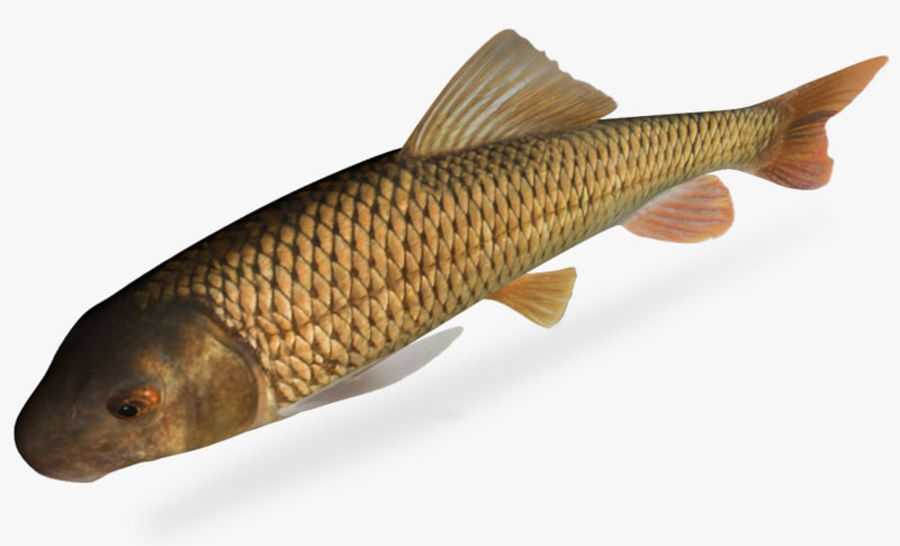Greater Redhorse

Species Details
Moxostoma Valenciennesi
Catostomidae
Cypriniformes
freshwater
4 - 13 lbs.
18" - 32"
Greater Redhorse (Moxostoma valenciennesi) Fish Description
The greater redhorse is a freshwater sucker species endemic to the waters of Northern America. It is often mistaken for the other redhorse species, particularly the river redhorse. Both have bright red tail fins, though the greater redhorse’s tails are more vibrant in coloring. The best way to distinguish them both is by looking at their dorsal fins. The greater redhorse has a convex-shaped dorsal fin, while the river redhorse’s dorsal fin is more concave. The greater redhorse is also known for the dark spots that run across its sides and back.
This fish species is also quite distinct among the redhorse genus for its big size. Everything about it can be characterized as large — its head, its rounded body, and even its mouth, with lips that are reported to look swollen at times. Its eyes, though, appear small compared to its huge head.
Like other redhorse species, the greater redhorse has a silver to coppery color, depending on the light. Its pectoral and pelvic fins are brilliant reddish-gold.
Size and Diet
The greater redhorse is notable for its size. On average, this fish species, when fully mature, can measure up to 18 inches and weigh up to 4 pounds. The heaviest on record weighed almost 6 pounds and measured up to 32 inches.
The greater redhorse feeds on bottom-dwellers like algae, microcrustaceans, snails, and larval insects. It cannot withstand even the slightest pollution or chemicals in the water.
Interesting Facts About the Greater Redhorse
- The greater redhorse is quite particular about the water it chooses to live in, which is why its presence can tell you when a body of water is clean and pristine.
- This fish species is quite rare, and the degradation of many freshwaters — particularly the building of dams that block its migration — has led to it becoming even rarer. The lowering of the clam population, its food of choice, has also led to its decline.
- Like other redhorse species’ spawning habits, two greater redhorse males spawn a female greater redhorse. Before the actual spawning though, males have to build nest troughs. This happens in late spring when waters are around 62 degrees in temperature.
- The greater redhorse crushes its prey using its distinct molar-like teeth, which are located at the back of its throat.
- Anglers looking to target this fish should check out the Upper St. Croix River and its major tributaries, Kettle and Snake. It is a pristine body of water populated by the greater redhorse, along with other redhorse species.
- The greater redhorse is an important food source for popular game fish species such as muskies, trout, and walleys.
- Most anglers that catch redhorse species usually practice catch and release, but those who eat it can attest to their delicious taste, despite the fine bones in its flesh. Its flesh has a sweet taste and flaky texture that's good for making patties. You can also smoke, grind, or score it.
Fishing Technique: How to Catch a Greater Redhorse
The greater redhorse is not a popular game fish among anglers because of how rare they are and how much they’re mistaken for carp or other redhorse species. However, fishing for this species can be a thrill as it can put up quite a fight.
When fishing for the greater redhorse, anglers need to look for clean rivers with a steady current during spring. Usually, this fish can be found in strong heavy currents along with the river redhorse.
For fishing gear, use sharp hooks that are small, but with enough weight to reach the bottom. The redhorse will nibble lightly, so you should prop your rod up on a bank stick so you can easily detect any bites.
If fly fishing for them, anglers will do well using stonefly imitations, clam flies, and crawfish. Anglers can also float fish for them as long as the bait reaches the bottom where they feed. The centerpin float fishing method will produce quite a thrilling fight with a redhorse. Using crawfish, shrimp, and nightcrawlers for bait is good, but worms work best for the greater redhorse.
Habitat and Distribution
The greater redhorse species is partial to clean, fresh water. It is usually found in the sandy or rocky bottoms of medium to large rivers, creeks, and lakes. It needs clean gravel or riffles in order to spawn.
The greater redhorse species occurs in small populations, but it is widely distributed. It is particularly found in the freshwaters of Northern America, particularly northern central and northeast parts. It has been found in the Mississippi River basins, St. Lawrence River, and Hudson Bay. There’s also evidence of them in Quebec and Ontario in Canada, as well as in Vermont, Minnesota, and the Ohio River in Kentucky.







